Race Day Fueling: What to Eat and When to Eat for Optimal Performance
Race Day Fueling: What to Eat and When to Eat for Optimal Performance
You’ve trained for months, but a perfect training block can be undone by poor nutrition on race day. The right food and hydration plan can be the difference between hitting a new personal best and hitting a wall. This is your definitive guide to fueling your fire.
24 Hours Before: The Carb-Loading Myth
Carb-loading is essential, but it doesn’t mean eating everything in sight. The goal is to top off your glycogen stores.
Focus on complex carbohydrates: Pasta, rice, potatoes, and whole-wheat bread are your best friends.
Keep it lean: Avoid heavy fats and excessive fiber, which can cause digestive issues. A simple pasta with a light tomato sauce is perfect.
Race Morning: The Breakfast of Champions
Eat a familiar, easily digestible breakfast 2-3 hours before your heat.
Stick to the tested: This is not the time to experiment with new foods. What works for your training runs works for the race.
Good options: Oatmeal with a banana, a bagel with peanut butter, or toast with jam. The goal is to get 50-75 grams of carbs without a lot of bulk.
On the Course: Strategic Sips and Bites
The UFL course demands constant energy. Plan to take in 30-60 grams of carbohydrates per hour.
Hydrate Consistently: Drink water at every station. Thirst is a sign you’re already dehydrated.
Electrolytes: On hot days or for longer races, consider a sports drink or electrolyte tablets to prevent cramping and maintain fluid balance.
Fuel Sources: Energy gels, chews, and sports beans are excellent for quick energy. Practice with them during training to ensure your stomach can handle them.
By following this plan, you’ll be giving your body everything it needs to perform at its peak and conquer every obstacle in your path.
